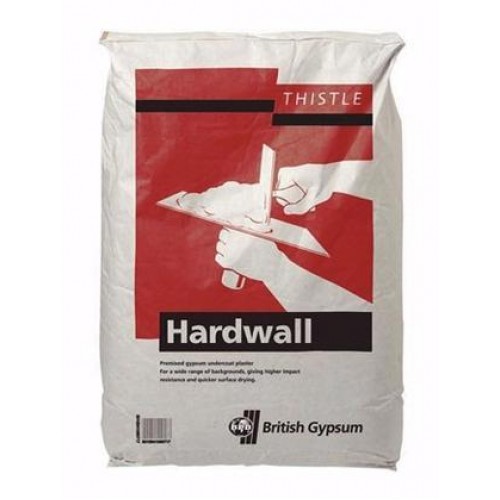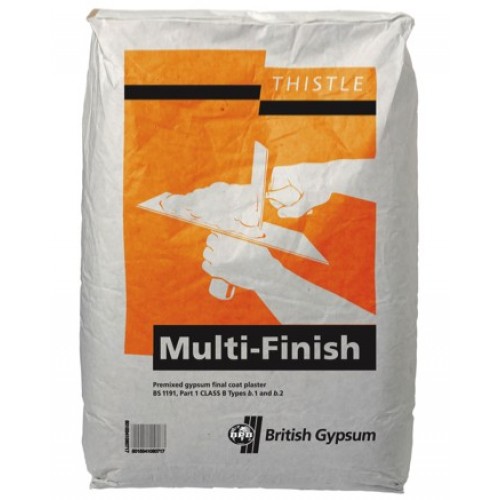Your Guide to Plastering
by Mark Row
Basic Types, Terms and Definitions
Regardless of whether you are constructing a new home or remodeling an exiting one, you will need to know a word or two on plastering. It simply involves a process of applying different types of plasters to your interior (or exterior) walls and ceilings in order of giving your construction a smooth finish and preparing basics for decorative finishes. Unlike some other building materials, plaster is a powder-based substance which is mixed with water causing the material to turn into a paste and harden, thus allowing you to easily apply it to a wall by using nothing more than some sandpaper, in some cases. Now that you are aware of what is it used for, it is time to move on to some basic types of plaster available and their basic application, so you can consider this your personal guide to plastering. There are a few types of plasters most commonly used:
- Cement plaster is a mixture of plaster, sand and water, usually applied to masonry walls, most commonly on the exterior in order of providing smooth finishes, but also on the interior walls, especially to areas that are susceptible to damp and moisture, or finally as a fireproofing layer in heavier constructions.
- Gypsum plastering is probably the most commonly seen alternative, manufactured when exposing gypsum to high temperatures. It is most commonly used on the interior since it can be very easily applied and otherwise manipulated, even when material is dry and combined with blocks or bricks. However, its structure makes it intolerable to moisture so you should avoid using it in damp and humid places.
- Lime plaster is basically a mixture of sand and calcium hydroxide which is, when exposed to carbon dioxide turned into a calcium carbonate, also known as limestone. The limestone is afterwards heated and mixed with water to give the final product. More recently, some new mixtures and methods of application became popular, such as the use of gypsum and expanded metal meshes which allow easy adaptation to both simple and more advanced designs. Its alternative commonly used nowadays is the so called dry lining which involves placing a plasterboard panel as a wall finish, upon placing insulation, such as some type of rigid insulation boards or mineral wool placed between the constructed wooden wall frame.
Plaster Application
Part from being a building material used in the construction or remodeling work, plastering is also used in architecture, medicine, even art, but, what is probably even more important as a fire protective and insulation layer. Basically, since applied in several layers, plasters just increases the stability of the structure, but also since mixed with water prior to application, it releases some water vapor which stops the fire from spreading quickly that is prolong the burning time of the material by reducing heat conduction in especially metal constructions, thus acting as an insulation layer. Its insulating power has been increased over the years due to the fact that it is mixed with some insulation materials such as mineral and glass wool fibers or polystyrene beads. Finally, properly installed multi-layered plaster will also work as a sound barrier, thus reducing noise inside your home.
Regardless of which type of plaster you opt for, wall plastering usually involves adding a few layers of the material in order of creating a plaster wall. The first step usually involves placing a lath onto the wall frame construction (firstly made from wood and later on replaced with metal and plasterboards) which will provide a base for the plaster. Then the plaster (since it is purchased as a pre-mixture) is mixed with water which should be done carefully and always according to the manufacturing instructions available on the package in order of achieving the proper consistency. Finally, the first coat is applied onto the wall and left to dry, and afterwards additional two layers in order of achieving the right thickn
Some additional advice. In order of doing the plastering right, always make sure to apply the plaster onto a previously cleaned wall which includes removing all the remains of dust, dirt, paper or previously applied plaster. Otherwise you are risking of plaster not adhering properly onto the wall and you ending up with an uneven surface. Secondly, when mixing, always add clean and fresh water to the plaster. Also, always make sure to properly clan and wash all the tools you are using for plastering, since any dirt or contamination can spoil your plaster mixture.
Now, if everything above mentioned made you understand what plastering is all about and made you believe it is something you can do yourself, the good news is that our help does not end here. We’ll take it a step further and offer you quality products available right here at Insulation Shop, and at very affordable prices. You can either opt for British Gypsum Thistle Hardwall Plaster for your masonry walls or Thistle-Multifinish Plaster for your internal walls and ceilings.
Was this article helpful? If you like to read more about the different types of plasterboards available for your diy insulation projects, have a look at our Blog, and feel free to post questions or contact us.






















































































































